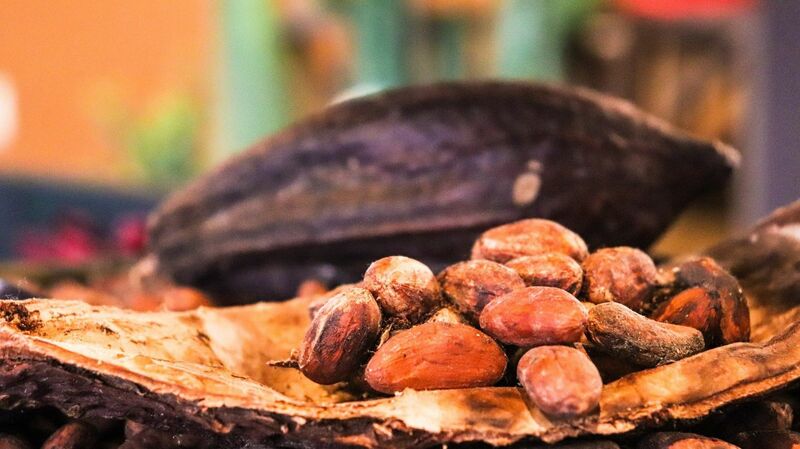
May ICE NY cocoa (CCK23) on Tuesday closed down -1 (-0.03%), and May ICE London cocoa #7 (CAK23) closed down -1 (-0.05%).
Cocoa prices Tuesday closed slightly lower as prices consolidated Monday's rally when NY cocoa posted a 2-1/4 year nearest-futures high and London cocoa posted a 3-1/2 month high. Cocoa prices rallied on reduced cocoa supplies from the Ivory Coast. Monday's government data showed that Ivory Coast farmers sent a cumulative 1.78 MMT of cocoa to Ivory Coast ports for the 2022/23 marketing year (October 1 through March 26), down -3.8% y/y. The Ivory Coast is the largest cocoa producer in the world.
Last Friday's monthly report from the International Cocoa Organization (ICCO) was also supportive for prices as the report said cocoa exports from the Ivory Coast fell -9.3% y/y to 530,314 MT between October and January, citing "the detrimental effects of cocoa-related diseases like the Cocoa Swollen Shoot Virus Disease."
Cocoa prices have support from projections earlier this month from the ICCO that global 2022/23 cocoa stockpiles would fall -3.5% y/y to 1.653 MMT. In addition, ICCO said, "the expectation of a supply deficit has been compounded with weather variations, especially in West Africa." On the bearish side, the ICCO forecast 2022/23 global cocoa production would climb +4.1% y/y to 5.017 MMT, and global cocoa grindings would fall -0.6% y/y to 5.027 MMT.
Concern about the quality of some West African cocoa crops has limited any declines in cocoa prices due to smaller cocoa bean sizes reported by farmers. The smaller bean size makes them less attractive as they require more processing by traders and chocolate manufacturers. In addition, cocoa farmers continue to struggle with the lack of fertilizer and pesticides as the war in Ukraine has limited Russian exports of potash and other fertilizers worldwide.
An increase in cocoa exports from Nigeria is bearish for prices after the Cocoa Association of Nigeria reported Monday that Nigeria's Feb cocoa exports rose +15% y/y to 43,405 MT. Nigeria is the world's fifth-largest cocoa bean producer.
An increase in European cocoa supplies is negative for London cocoa prices after ICE monitored EU cocoa inventories on March 15 rose to a 6-1/4 month high of 139,060 MT.
On the bearish side, Ivory Coast's cocoa regulator said February 22 that it would restrict some multinational traders from additional cocoa bean purchases for exports. Le Conseil Cafe-Cacao, the Ivory Coast's cocoa regulator, said it blocked Barry Callebaut and Cargill from buying extra cocoa beans after both companies reached the amounts stipulated in their current contracts.
Global cocoa demand is tepid and is a negative factor for cocoa prices. On January 19, the National Confectioners Association reported that Q4 North American cocoa grindings fell -8.1% y/y to 107,130 MT. Also, the European Cocoa Association reported on January 19 that European Q4 cocoa grindings fell -1.7% y/y to 359,577 MT. On January 18, the Cocoa Association of Asia reported that Asia Q4 cocoa grindings fell -0.2% y/y to 230,806 MT.
The quarterly report from the ICCO on December 1 was bullish for cocoa prices after ICCO said global 2021/22 cocoa production fell -8.0% y/y to 4.823 MMT as unfavorable weather and disease hampered cocoa yields. ICCO also revised its 2021/22 global cocoa production figure downward by -419,000 MT from September. ICCO also raised the 2021/22 global cocoa deficit to -306,000 MT from a Sep forecast of -230,000 MT. In 2020/21, global cocoa production rose to a record 5.242 MMT, and the global cocoa market was in a surplus of +209,000 MT.
On the date of publication, Rich Asplund did not have (either directly or indirectly) positions in any of the securities mentioned in this article. All information and data in this article is solely for informational purposes. For more information please view the Barchart Disclosure Policy here.






